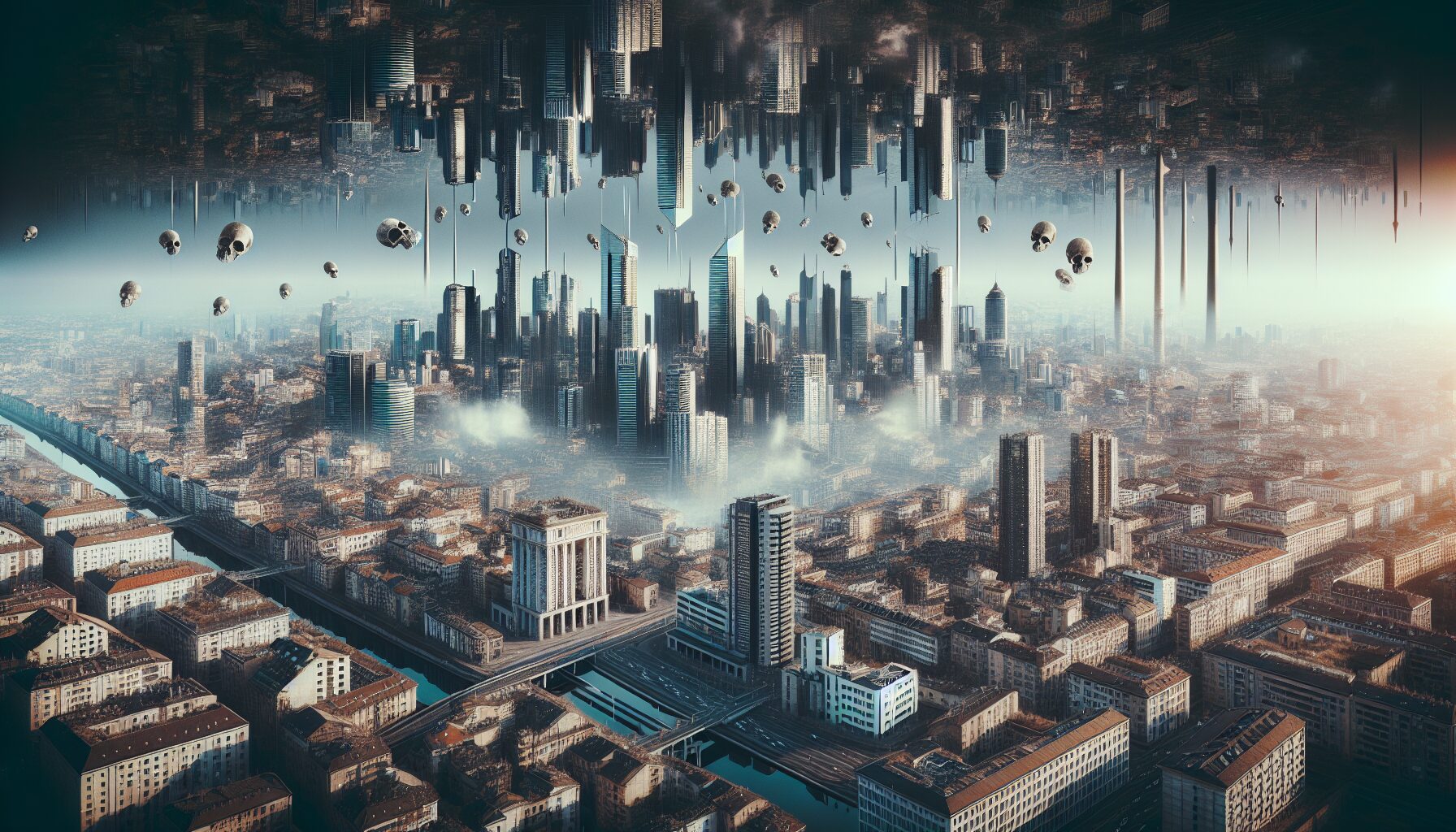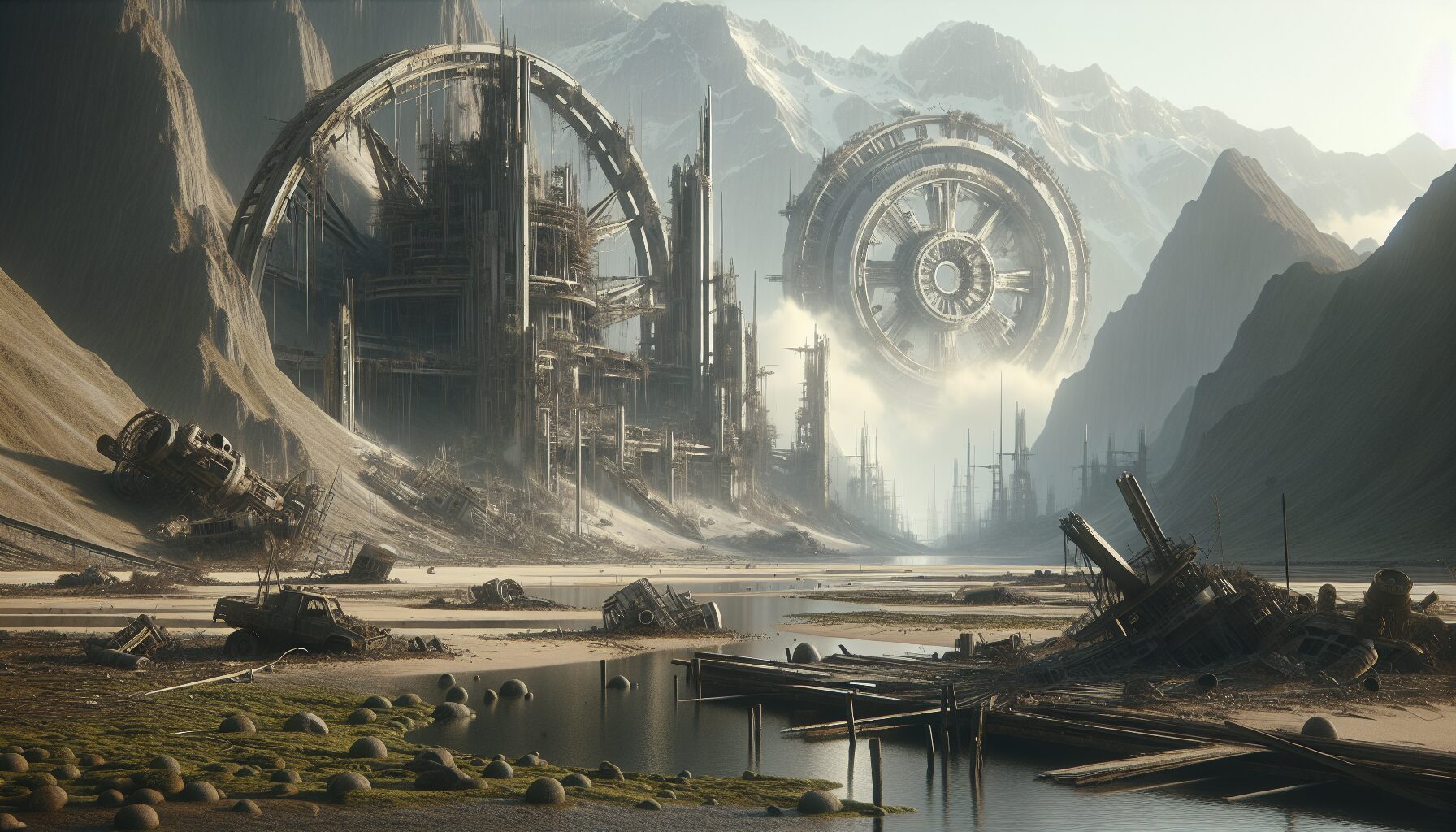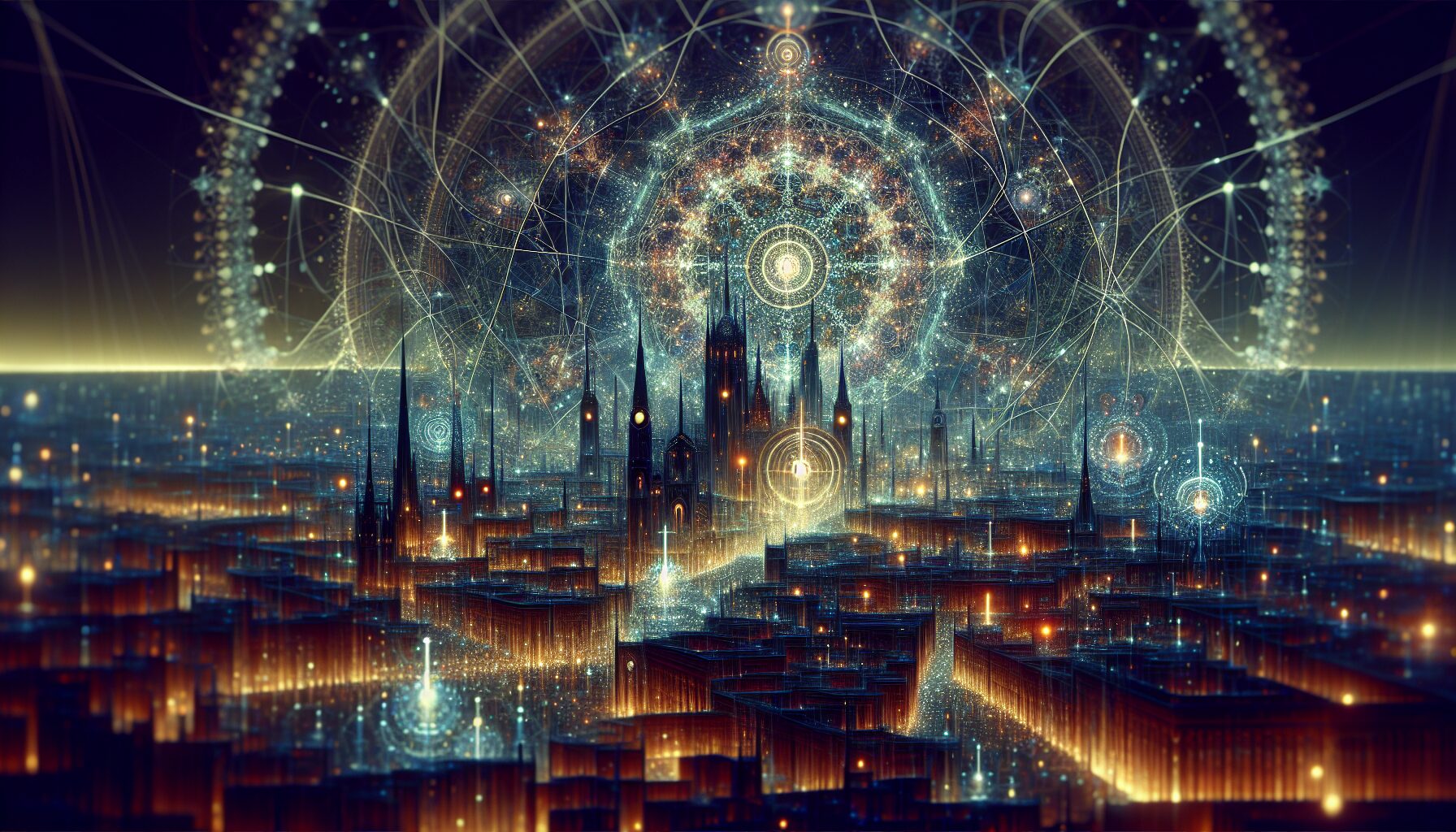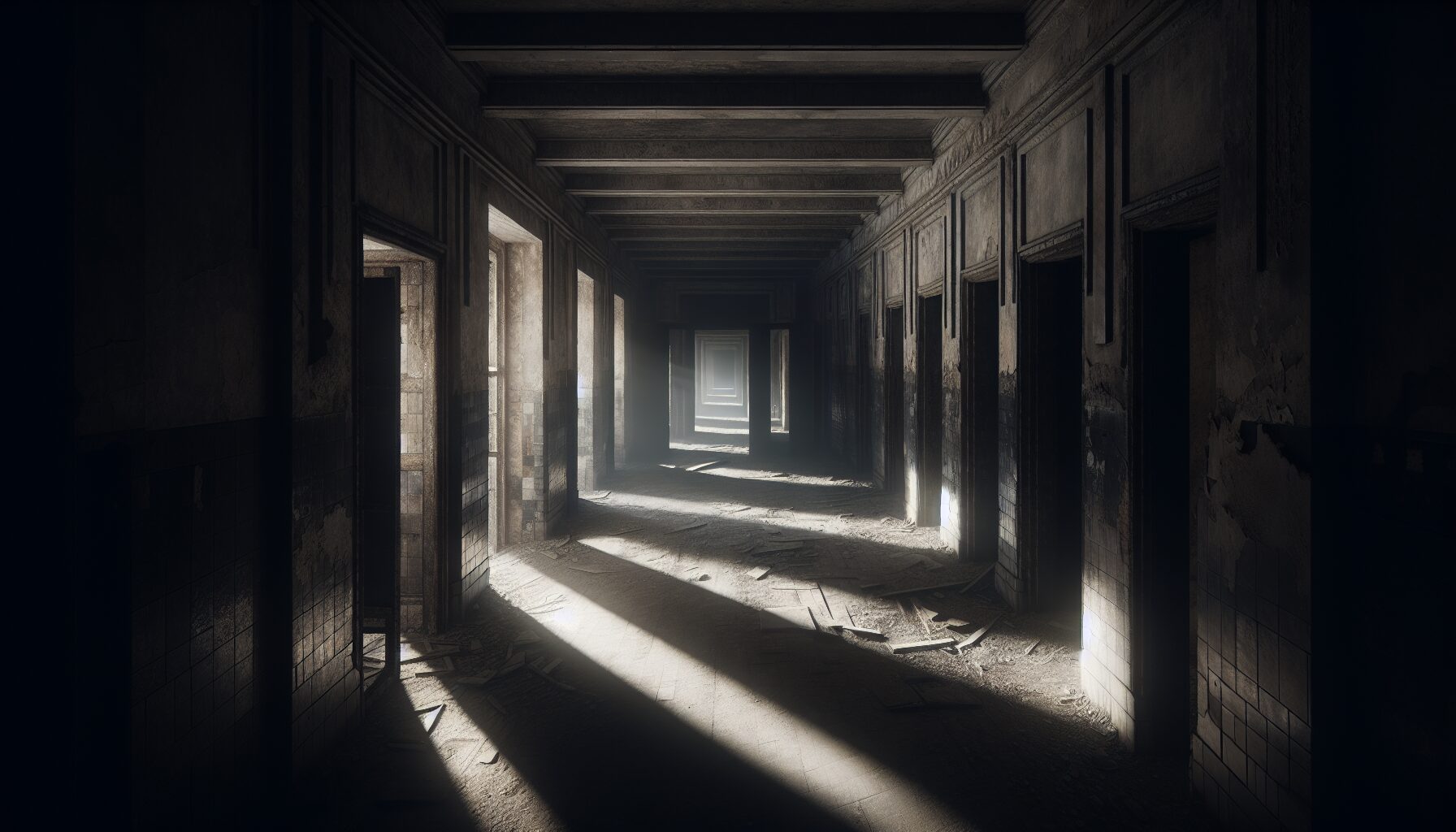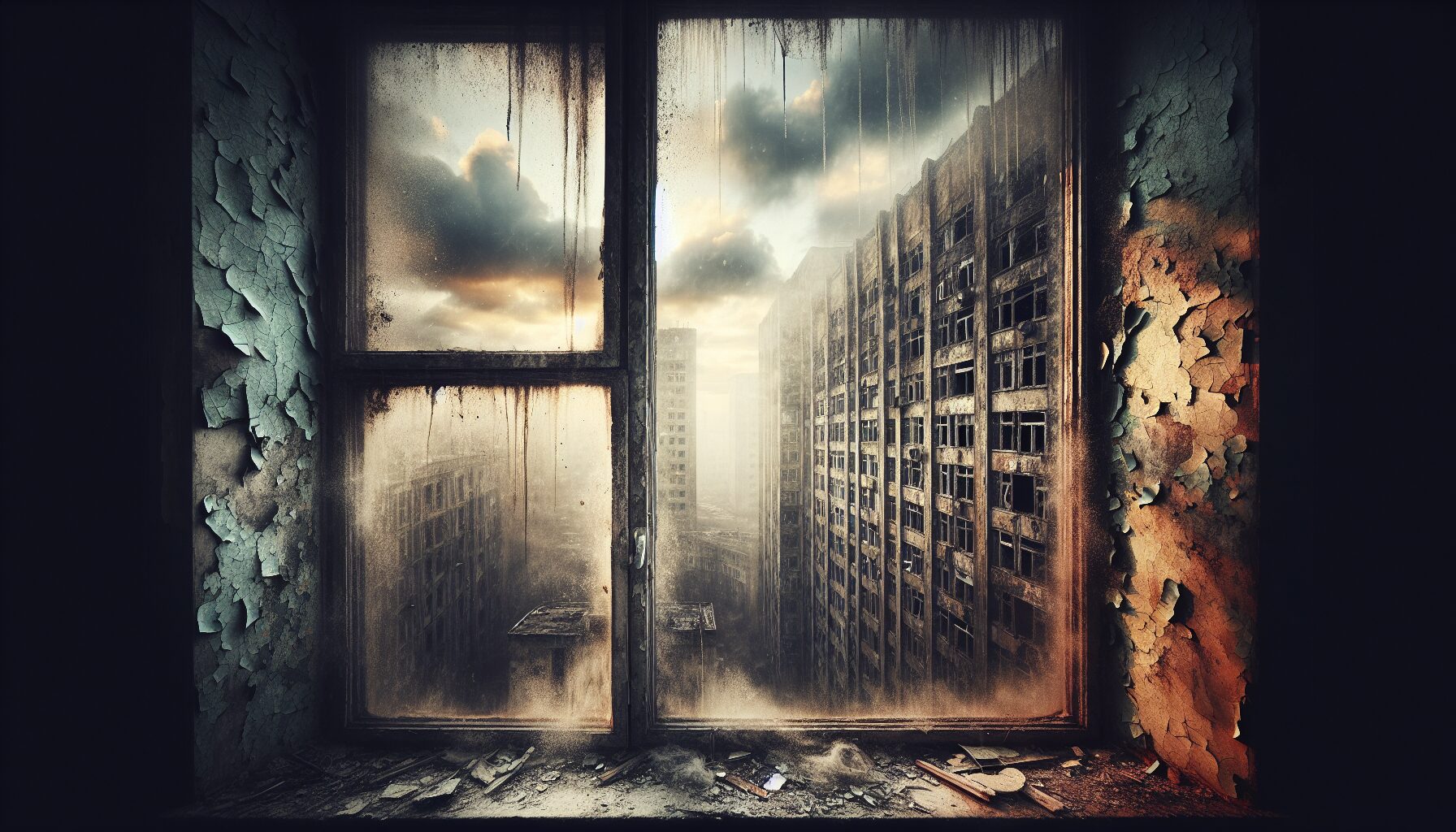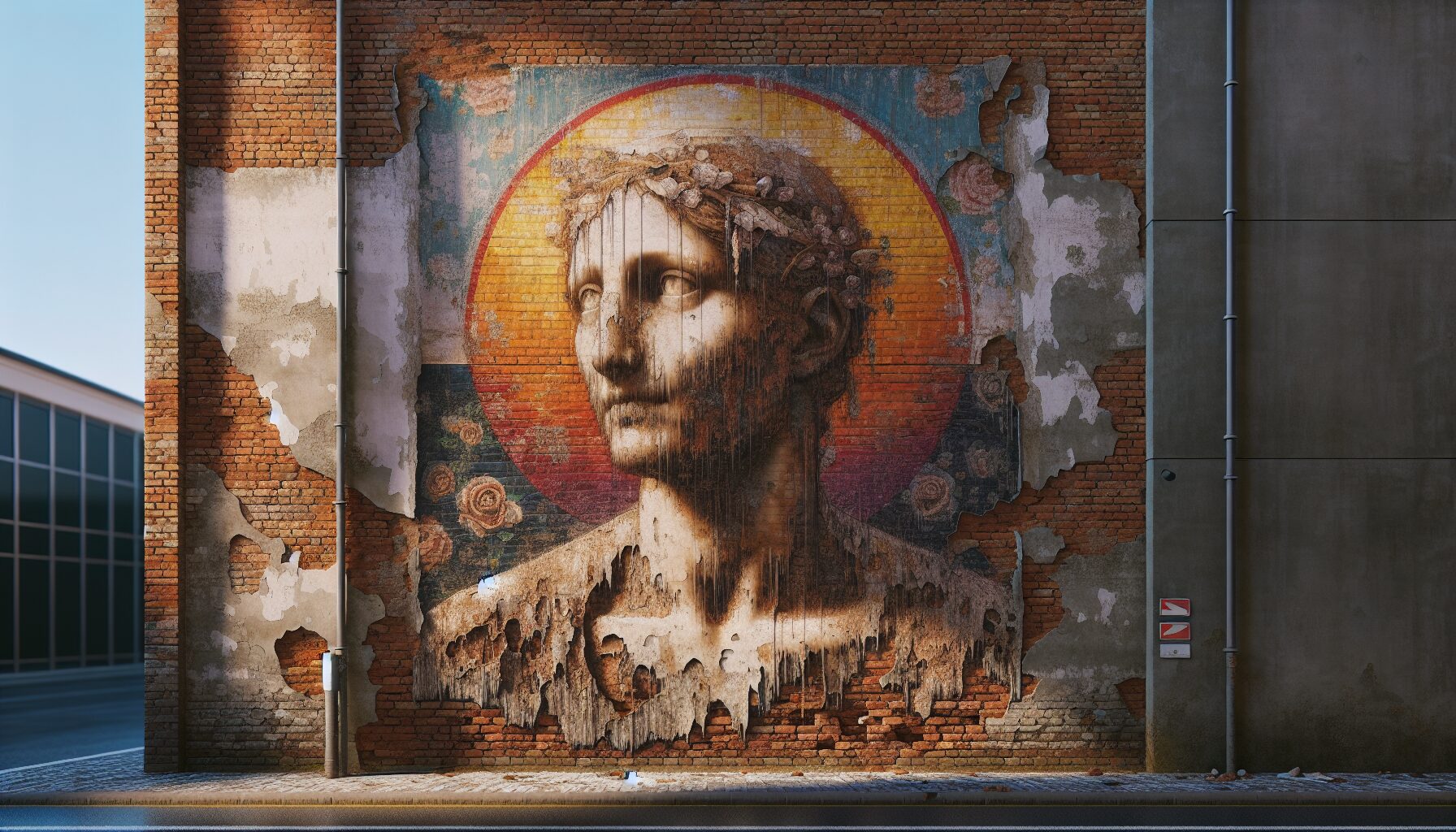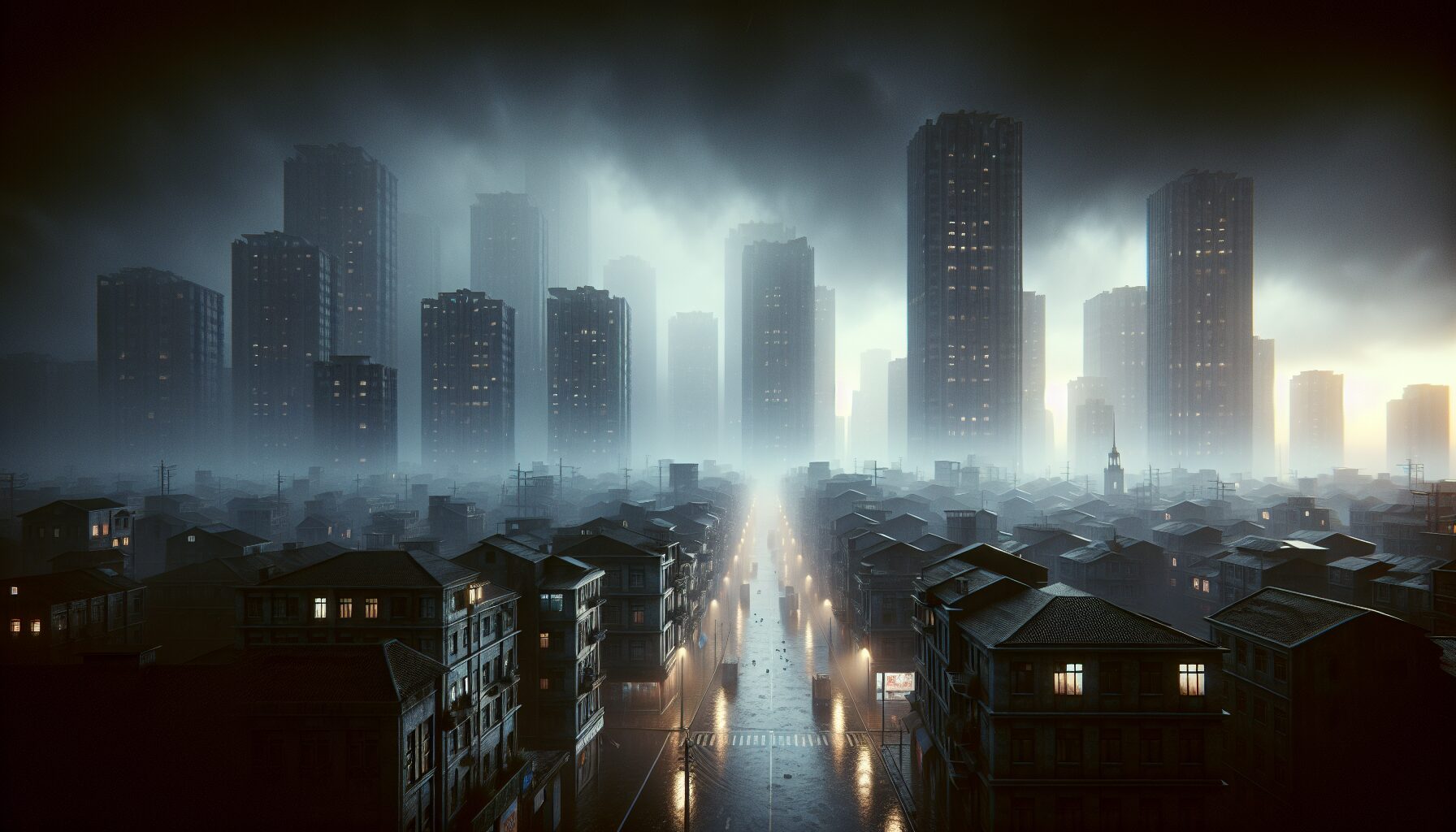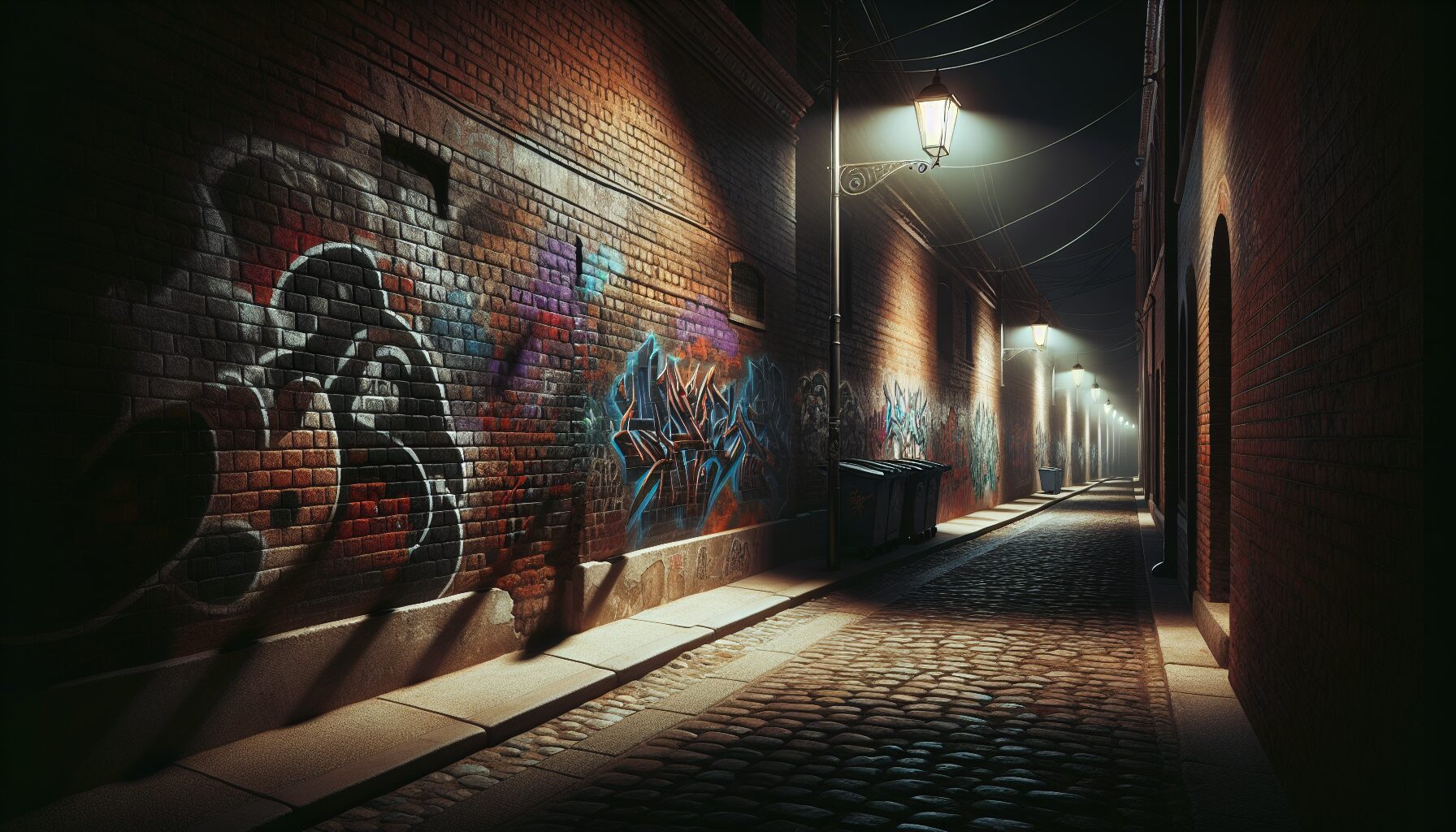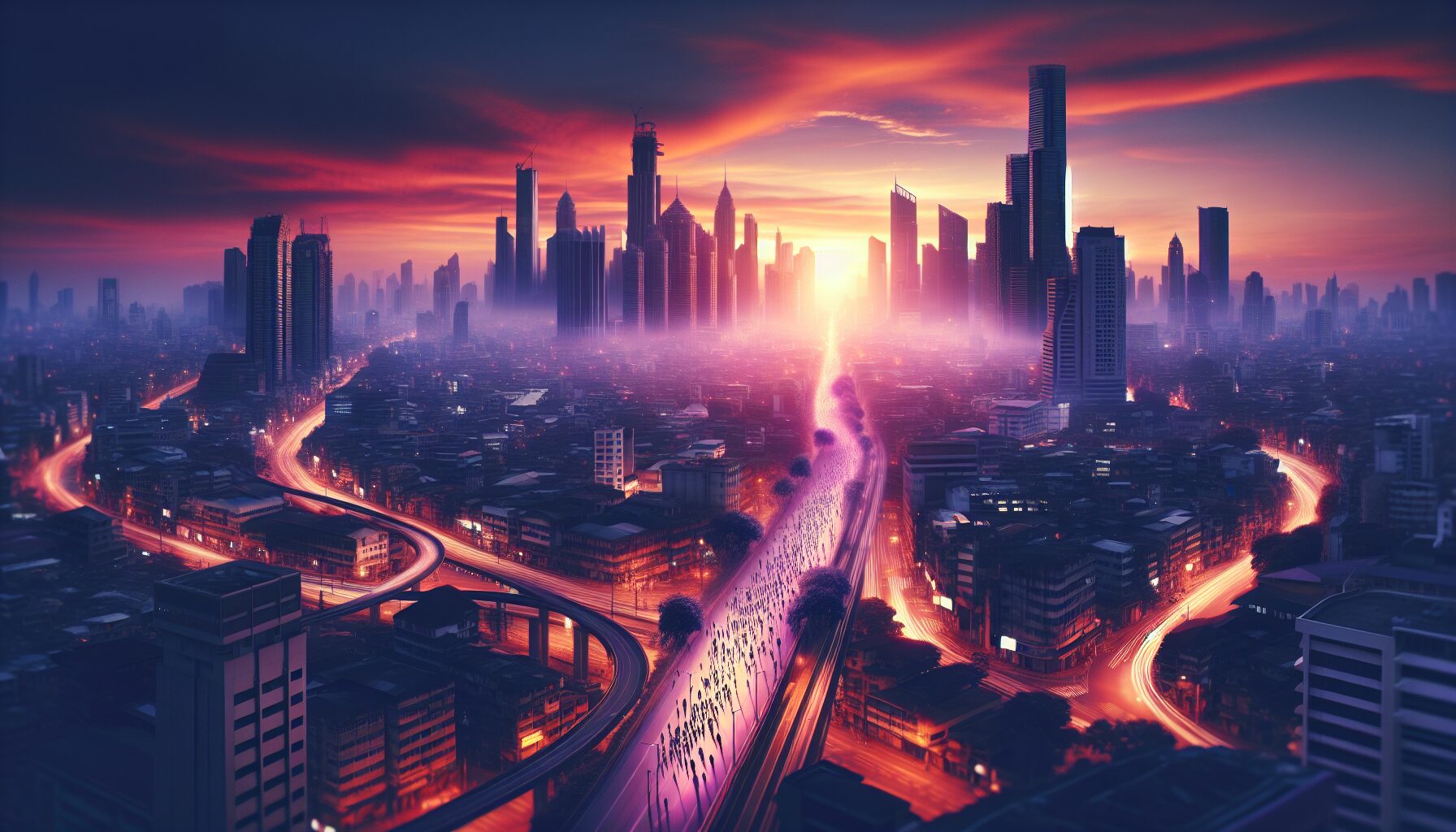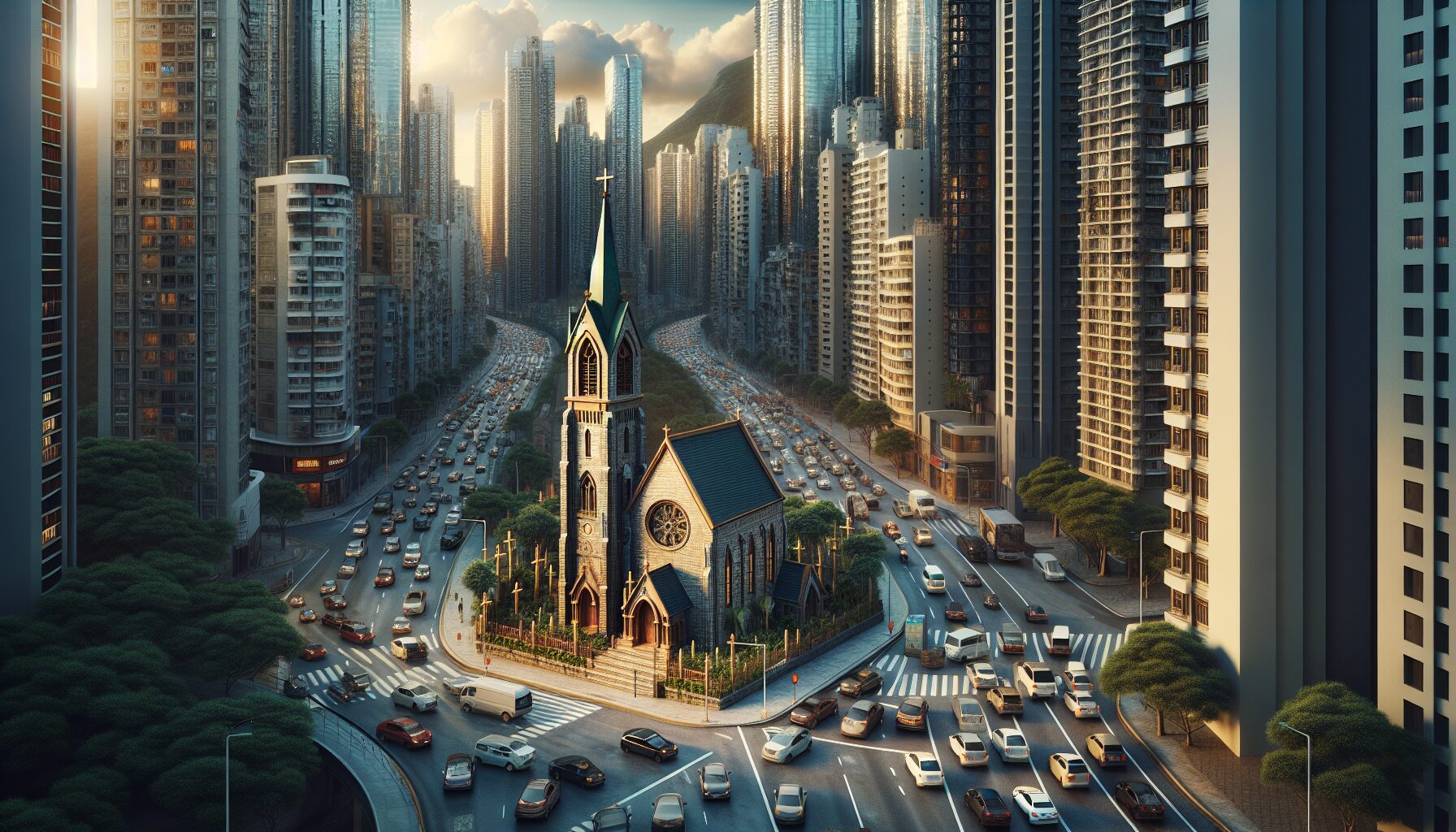Necropolis Reflections: Philosophy of Cities and Death
In the bustling tapestry of urban life, cities are often romanticized as bustling centers of culture, commerce, and human interaction. Yet, throughout history, they have also served as vast repositories of human mortality. This reflection on necropolises—the cities of the dead—reveals profound insights into our relationship with life, death, and the passage of time.
The Dual Nature of Cities
Cities are paradoxical entities, representing both vibrant human ingenuity and the inevitability of death. The ancient city of Thebes in Egypt, for example, boasts not only the grandeur of the Pharaohs but also the solemnity of the Valley of the Kings, where many rulers lie entombed. According to History.com, this juxtaposition was intentional, highlighting the Egyptians’ belief in the afterlife.
“Cities, like dreams, are made of desires and fears.” – Italo Calvino, Invisible Cities
Calvino’s words reflect the inherent duality of urban spaces where bustling streets lie just adjacent to quiet resting places for the deceased. These necropolises remind us that amidst the triumphs of life, mortality is ever-present.
The Philosophical Underpinnings
The philosophy surrounding necropolises transcends mere architecture and navigates into deeper existential questions. As urban planners design public spaces, they also consider the location and significance of cemeteries within city landscapes. The interaction between living cities and their necropolises prompts several philosophical inquiries:
- Identity and Legacy: How do the interments shape the identity of a city? What stories do they tell about the culture and values of their time?
- Memento Mori: How does the proximity of death serve as a reminder of life’s fleeting nature and the importance of cherishing our moments alive?
- Continuity and Change: As cities evolve, how do they integrate or preserve historical necropolises? What does this assimilation say about a city’s connection to its past?
Modern Reflections
Contemporary urban developers face the challenge of balancing growth with the preservation of historical necropolises. The increasing use of memorial parks and green cemeteries offers a renewed perspective on how modern cities can honor death while promoting ecological sustainability. According to a study in City, Culture and Society, integrating these spaces into urban areas offers people a continuous bond with history and nature.
In sum, necropolises are not merely sites of interment but profound spaces for reflection. They invite us to ponder our mortality, our legacy, and the enduring narrative cities weave through the ages.
